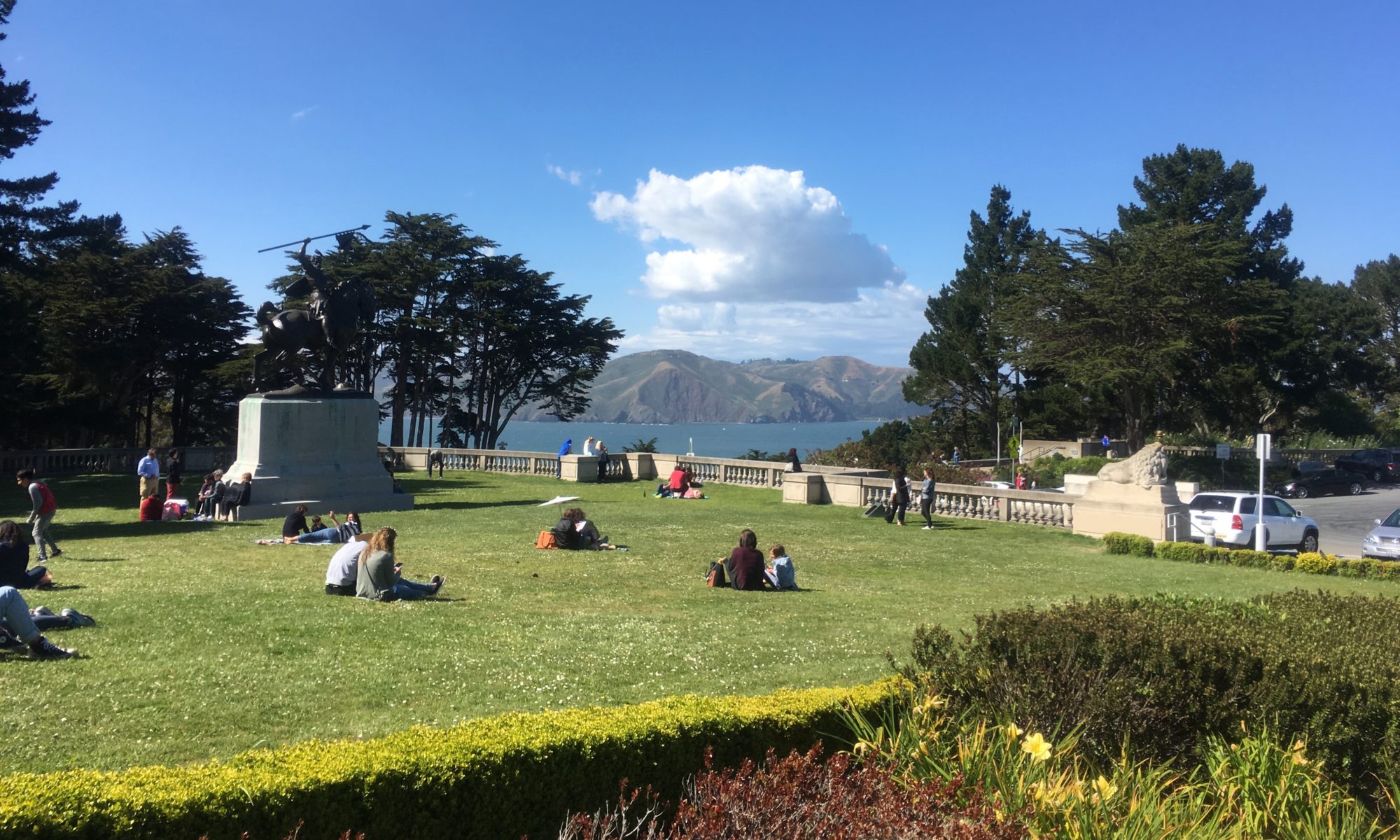By Tim Redmond : 48hills – excerpt
Dates for budget item considerations by the SF Board of Supervisors this week…
The supes will learn, we hope, more specifics on the mayor’s budget cuts this week as the Budget and Appropriations Committee begins what will be a long series of hearings on the individual departments’ budget proposals.
The supes can’t directly add money to the mayor’s budget, although they can cut. Typically, the Budget and Legislative Analyst finds millions in cuts that the supes can then negotiate with the mayor to fund as “add backs.”…
And what, exactly, is going to be cut?…
On Wednesday/11, the committee will start with these agencies: Assessor/Recorder, Treasurer and Tax Collector, Technology Department, Board of Appeals, City Administrator, Health Service System, Civil Service Commission, Human Resources, Department of Elections, Department of General City Responsibility Controller, Human Services Agency, Building Inspection, Planning Department, Ethics Commission, Public Works, Board of Supervisors
Thursday/12, Asian Arts Museum, Fine Arts Museum, Academy of Sciences, Arts Commission, War Memorial, Child Support Services, Early Childhood, Recreation and Park, Homelessness and Supportive Housing, Public Health, Mayor’s Office/Housing and Community Development, Human Rights Commission/Status of Women, Department on Children, Youth, and Their Families, Office of Economic and Workforce Development.
Friday/13 is when some of the most controversial proposals will come before the panel: City Attorney, Office of the Superior Court, Environment Department, Law Library, Public Library, Retirement System, Rent Board, Emergency Management, Juvenile Probation, Adult Probation, Public Defender, Fire Department, Sheriff’s Department, Police Accountability, Department of Inspector General, District Attorney, Police Department…
Also: Lurie has said he will fund the new Office of the Inspector General, which has funding mandates in the charter, but nobody has been hired yet …(more)

